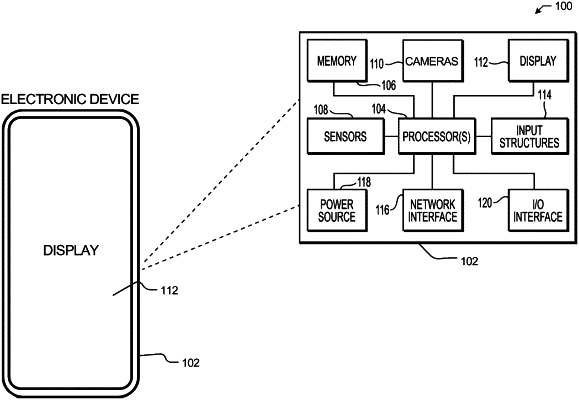| CPC G06V 20/49 (2022.01) [G06V 20/41 (2022.01); G06V 20/44 (2022.01)] | 20 Claims |

|
1. A method comprising, by an electronic device:
accessing, from a first wearable device on a first user, one or more non-image-based sensor signals from one or more sensors of the first wearable device, wherein the one or more non-image-based sensor signals correspond to a first timeframe;
identifying a first activity of the first user during the first timeframe based on a characteristic activity signature associated with the one or more non-image-based sensor signals over the first time period;
accessing, from a first camera device, video data from one or more cameras of the first camera device, wherein the video data corresponds to the first activity of the first user during the first timeframe;
segmenting the one or more non-image-based sensor signals corresponding to the first timeframe into a plurality of segments, wherein each segment corresponds to one or more second timeframes within the first timeframe, respectively;
automatically classifying each segment, based on (1) the identified first activity and (2) the one or more non-image-based signals of that segment, to identify one or more events within the first activity of the first user during the second timeframe corresponding to the respective segment; and
classifying one or more segments of the video data based on the identified one or more events, wherein each segment of video data corresponds to the one or more segments of the one or more non-image-based sensor signals, respectively, during the second timeframe corresponding to the respective segment of sensor signals.
|